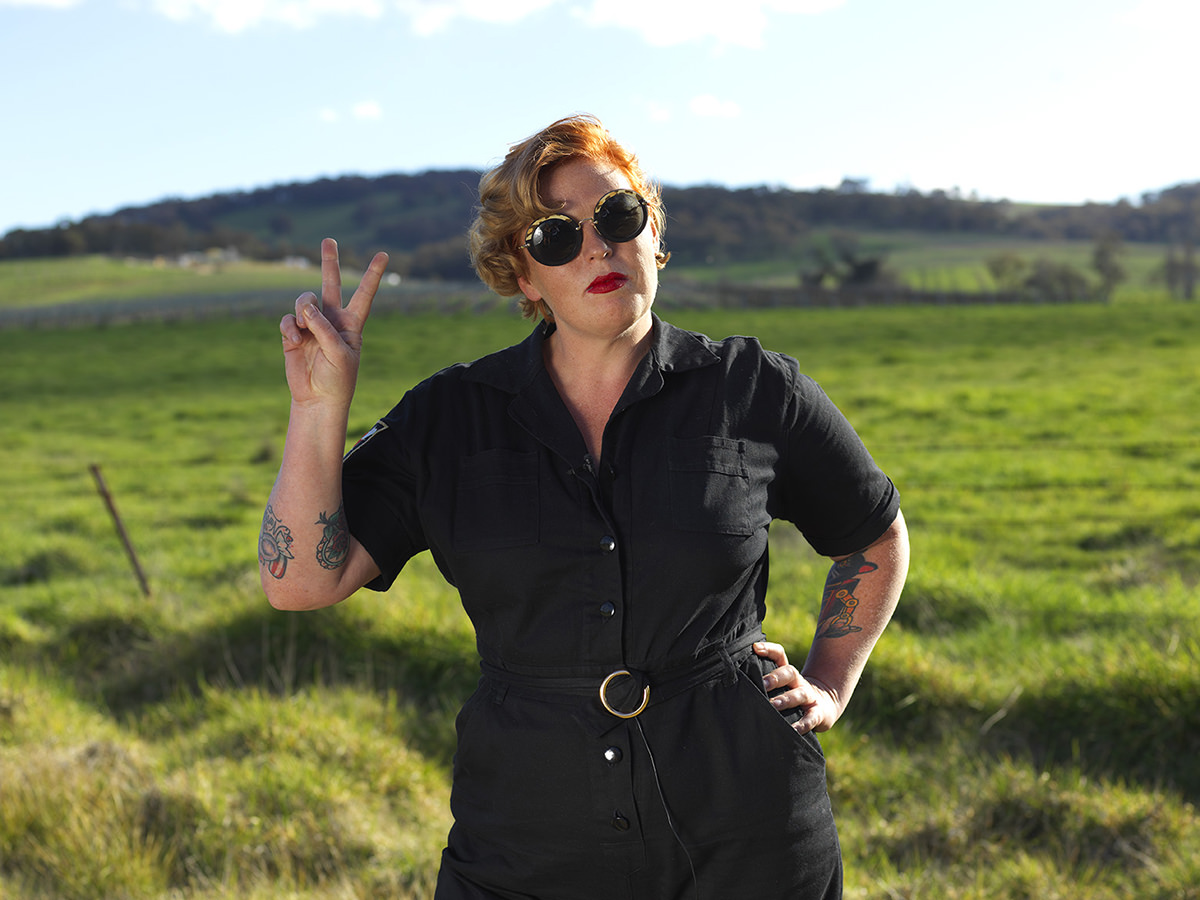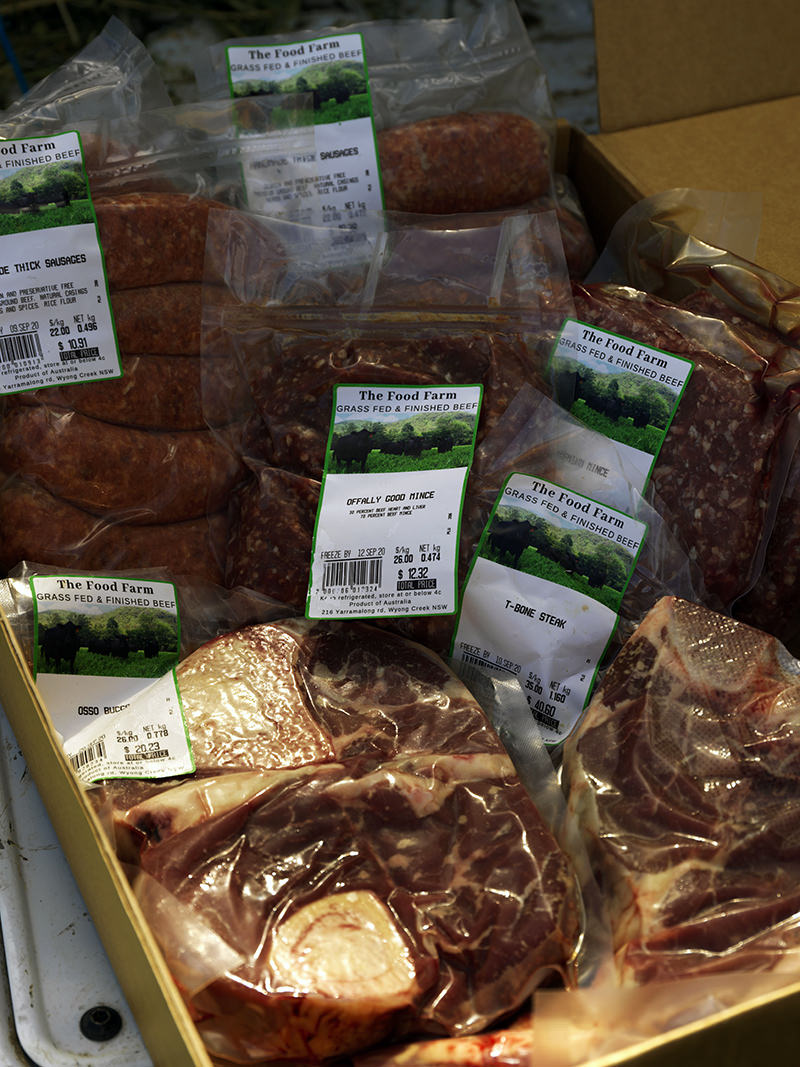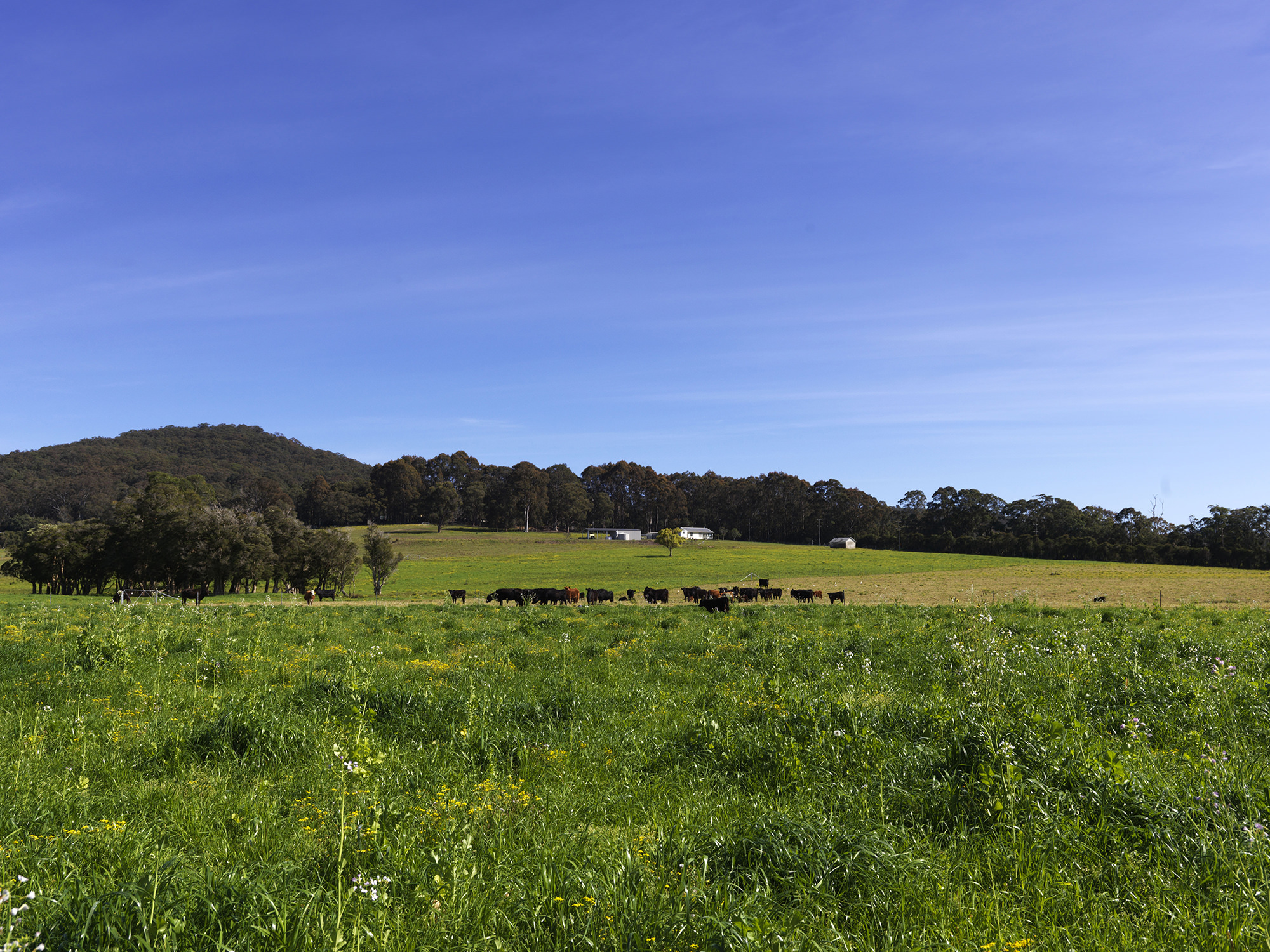Editor’s
Letter

In this issue we put some weight behind a word frequently aired but often difficult to define – and explore what sustainability looks, and tastes like, through the red meat supply chain.
In his People Places Plates section, Pat Nourse talks all things sustainability with Josh Lewis of Fleet, La Casita and Ethel Food Store in the picturesque Brunswick Heads – a chef and restaurateur walking his own path and shaping a sustainable model that works for him.
Mark Best takes sustainability to the taste buds in his Spotlight On section, speaking with various beef brands with a claim in the sustainability space – from carbon neutral to highest animal welfare – and asking the question, what does sustainability taste like?
We head to Orange in NSW for our second episode of What’s Good in the Hood with Myffy Rigby. A hop skip and a jump from Sydney, this regional food and wine hub is brimming with good times and exceptional local produce plated up by passionate people. Do yourself a favour and add Orange to your hit list.
Our Cut Two Ways shines a light on the lamb neck and it certainly glows in the capable hands of Rob Cockerill from Bennelong and Daniel Puskas from Sixpenny who turn this humble cut (from Grant Hilliard at Feather and Bone) into dishes that dazzle.
This issue’s Young Gun is farmer Tim Eyes. Based on the NSW central coast, Tim’s number one priority is the environment and this impressive young beef farmer is keen to connect people back to the farm and show that agriculture can mitigate climate change.
What does sustainability mean to you?
Mary-Jane Morse
Meat & Livestock Australia
[email protected]
@_raremedium
Copyright: this publication is published by Meat & Livestock Australia Limited ABN 39 081 678 364 (MLA).































































